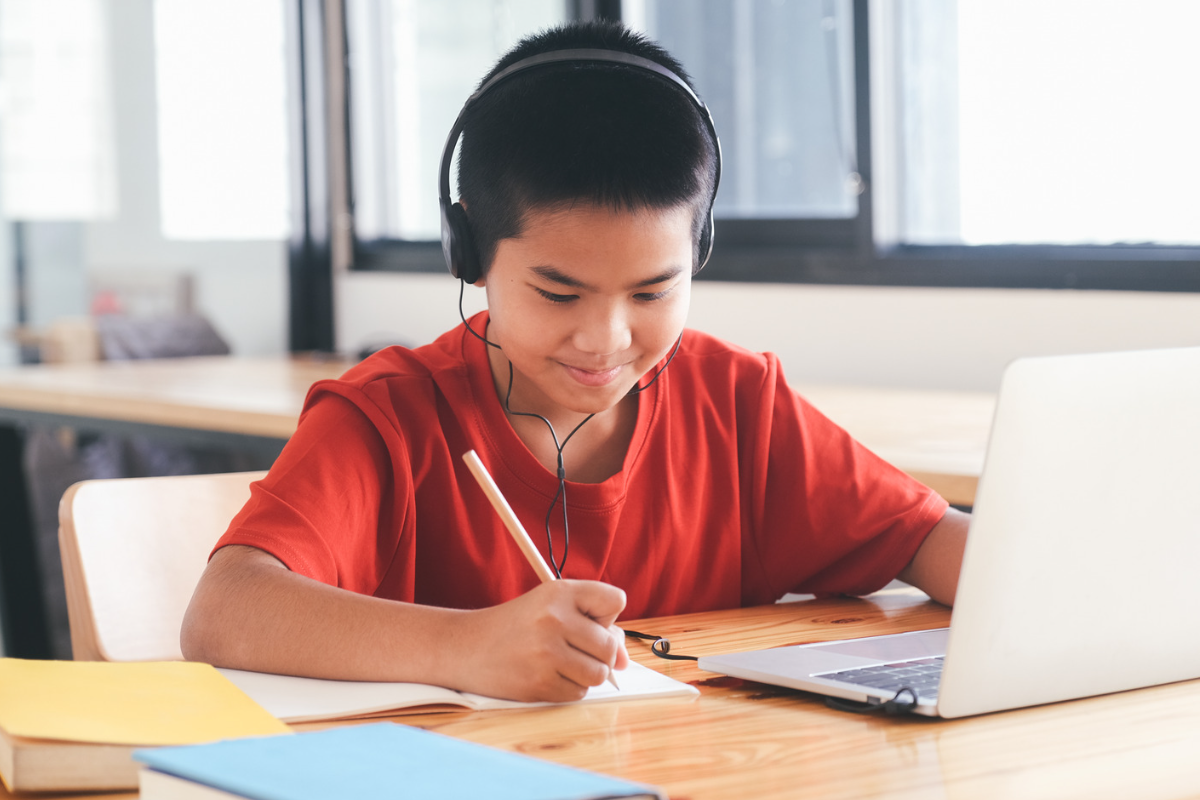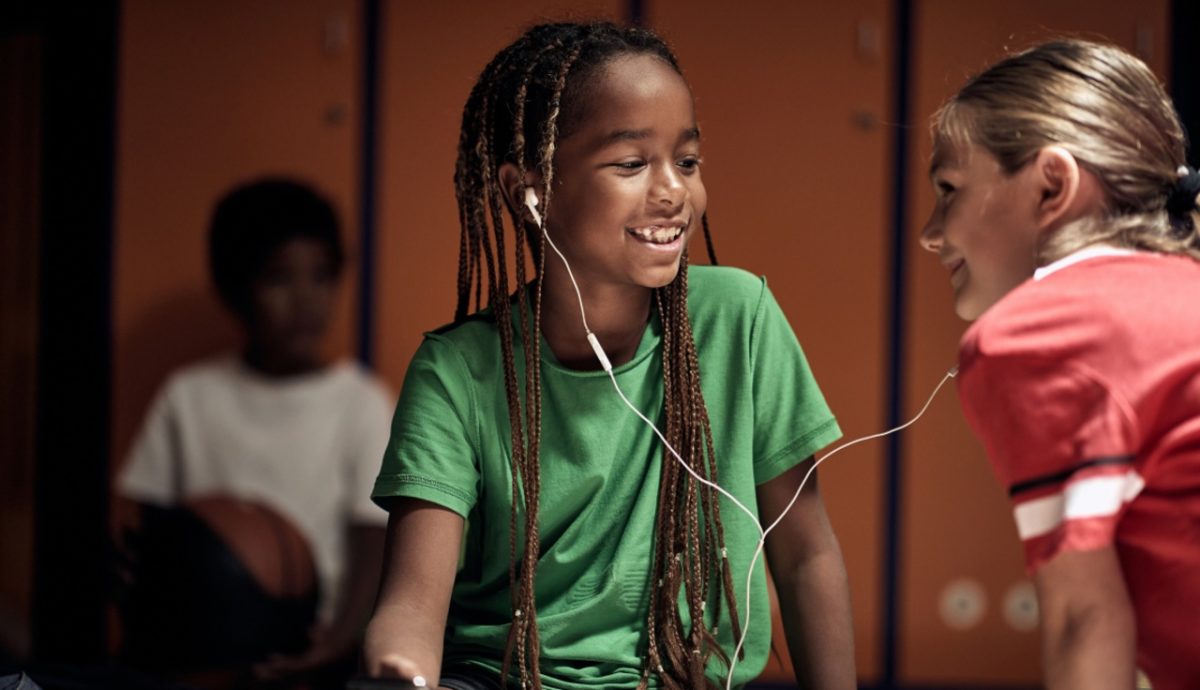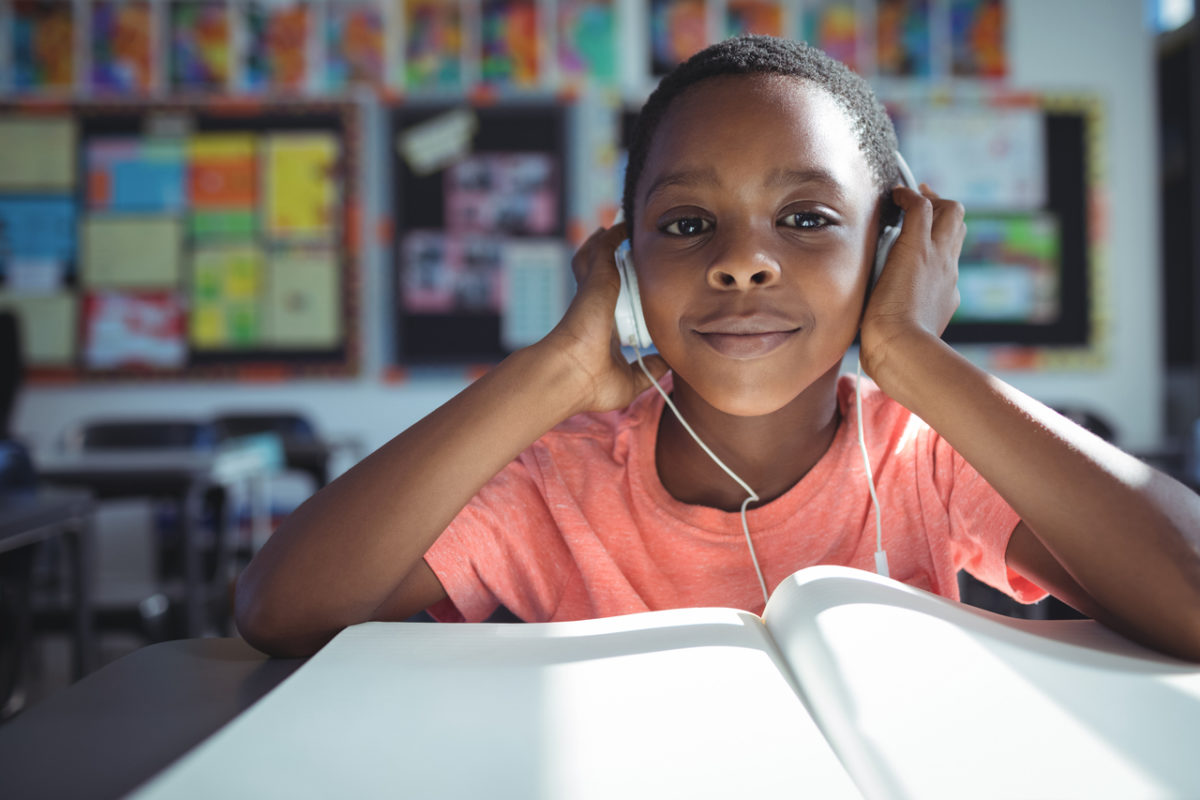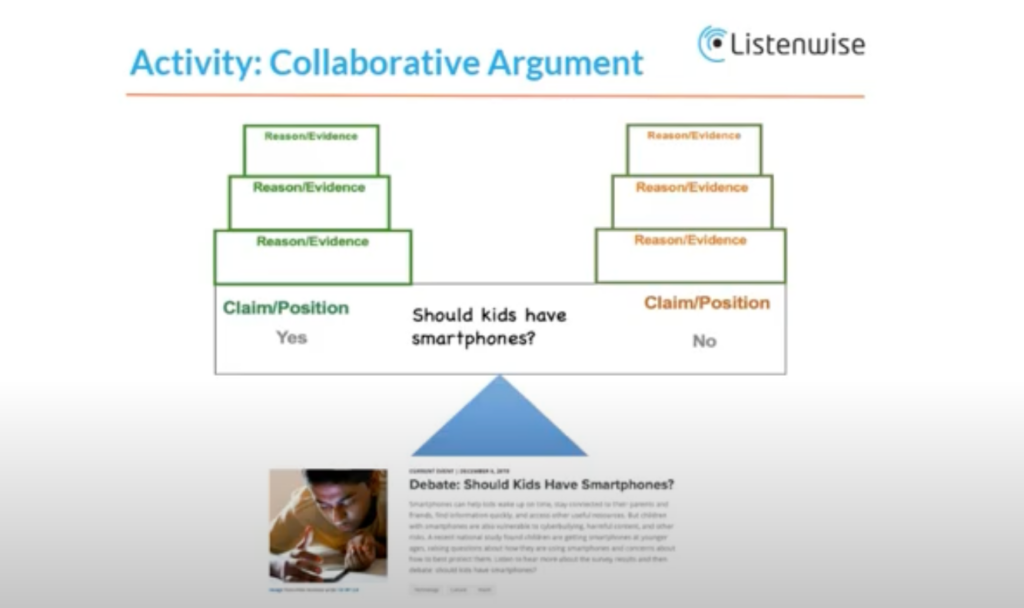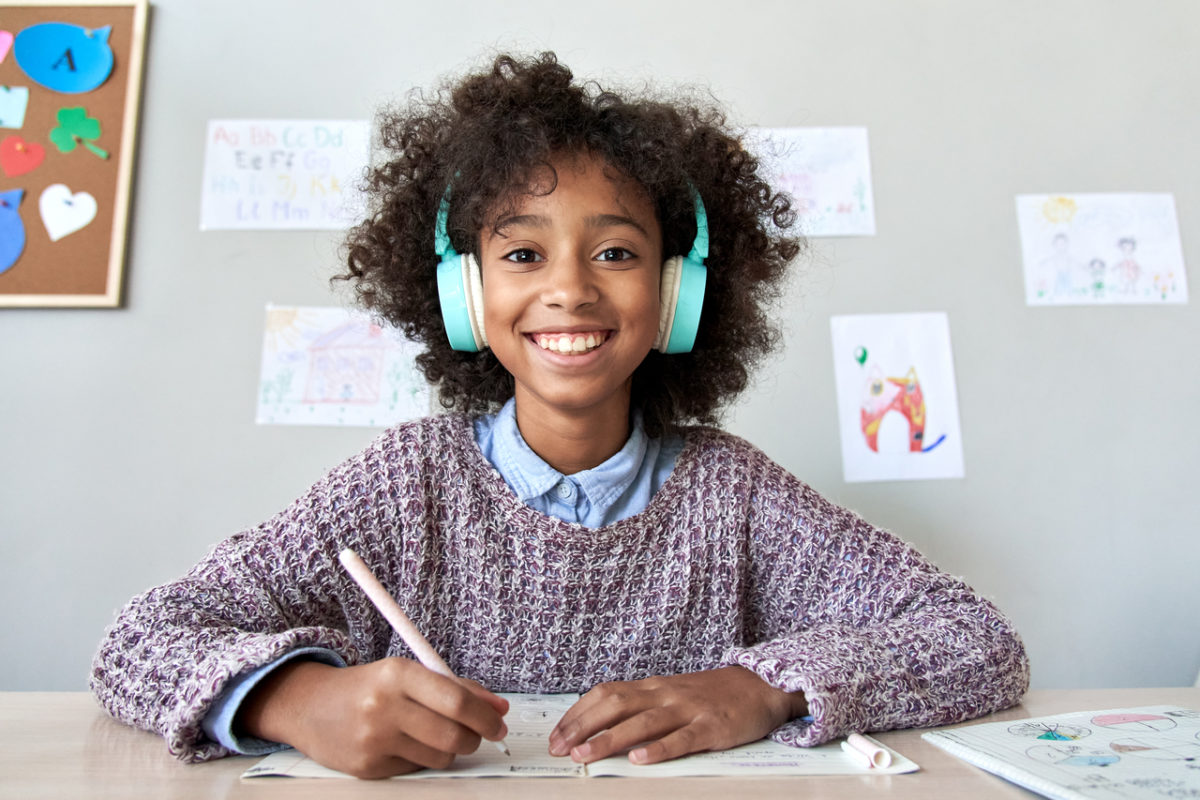Are you looking for lesson plans that address speaking and listening standards for students across grade levels? Listenwise provides a comprehensive, engaging platform filled with thousands of podcast and video lessons designed to help students build essential listening and speaking skills.
Whether you’re an elementary teacher or a middle or high school educator, helping students strengthen their listening and speaking proficiency is critical for success across all subject areas.
Why Speaking and Listening Skills Matter for Students
Reading, writing, listening, and speaking are the four foundational language domains essential for academic achievement. Many teachers, especially those with English Learners (ELs), often struggle to find rigorous, standards-aligned resources to meet speaking and listening standards.
Research shows that students—especially multilingual learners—need regular opportunities to:
- Hear academic language in authentic contexts
- Practice using that academic language in structured speaking activities
- Build vocabulary for deeper comprehension and communication
“I believe that students’ listening and speaking skills were seriously impacted by the pandemic and school closures. Listenwise is a great way to get students back up to grade level with weekly practice.” – Elementary Teacher, CA
Teach Listening and Speaking Standards Using Listenwise
Listenwise offers lesson plans that address speaking and listening standards for students in grades 2–12. Our extensive library includes thousands of short, engaging podcasts and videos specifically tailored for elementary, secondary, and ELD/ESL students.
These lessons are perfect for:
- Listening comprehension practice
- Academic vocabulary development
- Oral language production
- Group discussions and collaborative speaking activities
Standards-Aligned and Research-Based Listening Skills Instruction
Each Listenwise lesson is carefully designed to meet grade-level and ELD speaking and listening standards. Lessons align with WIDA’s 4 Key Language Uses (Narrate, Inform, Explain, Argue) and include 5 research-based listening skill exercises proven to improve student comprehension and engagement.
Listenwise resources are ideal for integrating into your existing curriculum, covering content areas like:
- Social Studies
- Science
- ELA
- Current Events
“We’re so glad to have discovered Listenwise. There are tons of short, fun and engaging podcasts for students to listen to. Listening is one of the most overlooked skills. Students learn a lot when they are listening while reading a transcript. They can learn about fluency, proper pronunciation, intonation, etc.”
– District Instructional Specialist, TX
Tips for Using Listenwise to Build Speaking and Listening Skills
Here are practical ways to integrate lesson plans that address speaking and listening standards for students in your classroom:
- Pre-listening activities: Use sketch notes or graphic organizers to help students focus their listening.
- Group discussions: Encourage students to share notes and build on each other’s ideas.
- Oral responses: Use tech tools like Flipgrid or Padlet to let students record spoken reflections or summaries.
- Speaking practice: Turn comprehension questions into speaking prompts or debate starters.
Academic language practice: Use transcripts and vocabulary lists to reinforce key terms before speaking tasks.
Equity and Access for All Students
Listenwise ensures an equitable learning experience by giving students access to high-interest, culturally relevant, and linguistically rich content. With visual supports, expert speakers, written transcripts, and listening guides, students can engage deeply and practice their speaking and listening skills effectively.
“Listenwise provides students with high interest and relevant content that allows them to practice listening and responding in a low stakes environment. The content is international and works in newcomer and ELD classes to heighten student’s listening abilities.”
– High School ELD/ELA teacher, CA
In today’s digital classrooms, giving students access to real-world speakers and authentic discussions through podcasts and videos is far more impactful than traditional lecture-style listening tasks.
Frequently Asked Questions About Lesson Plans That Address Speaking and Listening Standards for Students
What makes Listenwise effective for teaching speaking and listening standards?
Listenwise offers ready-to-use lesson plans that address speaking and listening standards for students, featuring authentic audio content, transcripts, vocabulary supports, comprehension questions, and discussion prompts—all aligned with state and national standards.
How does Listenwise support English learners with speaking and listening skills?
Listenwise includes ELD/ESL-specific lessons with language supports like slowed audio, vocabulary scaffolding, and translated transcripts (available for select lessons). These tools help English learners build both listening comprehension and speaking confidence.
Can Listenwise lessons be used for group discussions and oral presentations?
Yes! Many teachers use Listenwise lessons to launch group discussions, Socratic seminars, debates, and oral presentations. The discussion questions and academic language models make it easy to scaffold student speaking activities.
Are Listenwise lessons aligned to specific state standards?
Absolutely. Listenwise aligns with Common Core, state ELA standards, and ELD/ESL standards such as WIDA and CA ELD Standards. This makes it simple for teachers to meet speaking and listening standards for students across grade levels.
Can students access transcripts to help with their speaking and listening assignments?
Yes! Every Listenwise lesson includes a written transcript of the audio, enabling students to read along, highlight key points, and use academic language accurately in their speaking or writing tasks.
What age groups can benefit from Listenwise speaking and listening lesson plans?
Listenwise serves students in grades 2–12, with lessons differentiated for elementary, middle, and high school levels, as well as special resources for ELL students and newcomers.


